Top 10 Steps to Be Mindfully Happy Today
Posted on August 4, 2014 by Debra Burdick
It is easier than you think to improve your happiness. Mindfulness skills have been shown to improve mood, life satisfaction, health, and even change the structure and function of our brain. Here are 10 simple steps you can use every day to increase your mindfulness and your life.
1. Stop and pay attention to your surroundings
 Periodically throughout your day, stop for a moment and bring you attention to your surroundings. Slowly look around you and notice what is beside you, in front of you, above you and below you. Take a breath and notice if there is an aroma, fragrance, or perhaps an unpleasant odor. Be still and notice if the air is moving. Pay attention to the temperature. Be quiet and notice the sounds.
Periodically throughout your day, stop for a moment and bring you attention to your surroundings. Slowly look around you and notice what is beside you, in front of you, above you and below you. Take a breath and notice if there is an aroma, fragrance, or perhaps an unpleasant odor. Be still and notice if the air is moving. Pay attention to the temperature. Be quiet and notice the sounds.
Do this while you are waiting in line or on hold on the telephone. Practice this each time you enter a new room, store, office, classroom to orient yourself to the surroundings.
This will help you disengage from the busyness of your day, from your inner critic, and from worry and stress. You will be more present in your life and you will remember more about your surroundings. There is a great example of this type of practice on the Present Moment track #2 of my Mindfulness Toolkit CD.
2. Set an intention
Before you do anything, think about what your goal is and why you are doing it. Then as you do it, remind yourself of your intention and bring your thoughts and actions back in line with your intention.
You might set an intention for what you want to accomplish for the day before you even get out of bed. Then as you go through your day, check in to make sure that what you are doing is in line with the intention you set for the day. If it isn’t, simply get back on track. If you are working on a project at work, set your intention for what you want to get done and why. Then any time you notice that you are off task or distracted, remind yourself of your intention and bring your attention back to the task. Listen to my Mindfulness of Intention meditation on Track 3 of my Mindfulness Toolkit CD.
3. Notice how your body feels
Check in with how your body feels from time to time throughout the day. If you notice your neck or shoulders are stiff, take a break and stretch. If you notice pain, do something that relaxes your body and reduces the pain. If you notice discomfort, try correlating it with your emotional state. Almost always there is an emotional component to any emotion. Rest when you are tired. Tuning into your body will help you take better care of yourself.
4. Tune into what you are thinking about
Pay attention to what you are thinking about and notice any patterns of thought. Are your thoughts chronically negative, worried, predicting the worst, self-deprecating? Or are they optimistic, positive, calm, and happy? Practice noticing your thoughts and changing them to thoughts that feel better.
5. Identify how you feel
Are you feeling stressed-out or calm, happy or sad, energized or exhausted, hopeful or hopeless, angry or satisfied, afraid or loving? You get the idea. Spend a moment to go within and ask yourself how you are feeling at any given moment. Then practice asking for help, talking to friends and family, changing the stressful situation, taking a break, meditating. Don’t ignore how you feel. Use your feelings as an emotional guidance system to choose thoughts that feel better. The Mindfulness of Emotions meditation on track #5 of my Mindfulness Toolkit CD will guide you in this process of learning to tune into your emotions.
6. Practice mindful eating
Each time you eat spend a few minutes totally focused on your food. Notice the color, aroma, flavor, temperature, texture. Notice how the food feels in your mouth, how it feels to chew it, and to swallow it. Pay attention to how far down it goes before you can’t feel it anymore. Tune in to how your stomach feels when it is hungry versus when it is full.
Mindful eating will help you enjoy your food more and help you regulate your food intake to healthy levels. You will improve your ability to eat when you are hungry and not when you are already full or when you are upset. Track #3 on my Mindfulness Toolkit CD, Mindfulness of Intention, contains a guided meditation that teaches you about setting your intention to be mindful while eating and then teaches you a mindful eating process that you can practice any time you eat.
7. Give your full attention to the person you are talking with
When you are talking with someone make a point to, face them, make eye contact, stop texting and give them your full attention. This includes your family, friends, coworkers, boss, teacher, cashier – anyone you talk with during your day. Doing so will help you make a better, deeper connection with others in your life and you will create healthier relationships.
8. Pay attention to whatever you are doing
Practice being mindful no matter what you are doing. If you are brushing your teeth, pay attention to all aspect of the task. Notice how the toothbrush and the toothpaste feel in your hand. Smell the fragrance of the toothpaste. Pay attention to how the toothpaste feels on your teeth, how the toothbrush feels are you brush, how the water feels as you rinse. Every time your mind wanders, just notice it, accept it, dismiss the distracted thought and return your attention to the task at hand. You will get more done, more quickly, and with less stress. Track #9, Mindfulness of Tasks, has a guided meditation to help you learn to pay attention while doing the task of driving.
9. Practice compassion and loving kindness
First, be kind to yourself. Send yourself kind thoughts. Then send them to someone you love, someone you don’t have any feelings about, someone you find difficult, and then to the whole world. When someone says or does something that makes your feel bad, just silently send yourself and then them a kind thought. You will feel lighter and happier when you do this.
10. Listen to a guided meditation
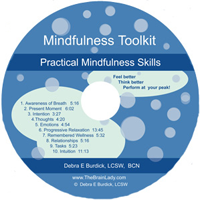 Sometime each day, find a quiet and comfortable place to listen to a guided meditation on a CD or mp3 player. Choose meditations that help you calm yourself, lower your stress response, heal, create happiness and abundance. Start with brief meditations (less than 5 minutes) and as you get better at calming your mind, gradually increase the length of time up to 10-15 minutes and eventually even to an hour. But start small and work up. Use several different meditations and find some that you particularly enjoy or that really work the best for you. Eventually, try sitting in silence for a brief time (even 30 seconds to start), paying attention to your breath and bringing your attention back to your breath whenever you notice it has wandered.
Sometime each day, find a quiet and comfortable place to listen to a guided meditation on a CD or mp3 player. Choose meditations that help you calm yourself, lower your stress response, heal, create happiness and abundance. Start with brief meditations (less than 5 minutes) and as you get better at calming your mind, gradually increase the length of time up to 10-15 minutes and eventually even to an hour. But start small and work up. Use several different meditations and find some that you particularly enjoy or that really work the best for you. Eventually, try sitting in silence for a brief time (even 30 seconds to start), paying attention to your breath and bringing your attention back to your breath whenever you notice it has wandered.
Please leave a comment below to let me know how using these 10 steps is helping you.
I would love to hear your personal experiences with this topic.

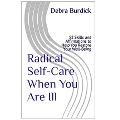
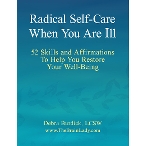
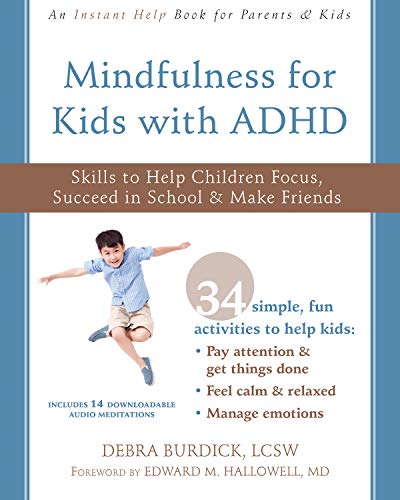
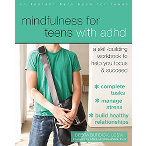
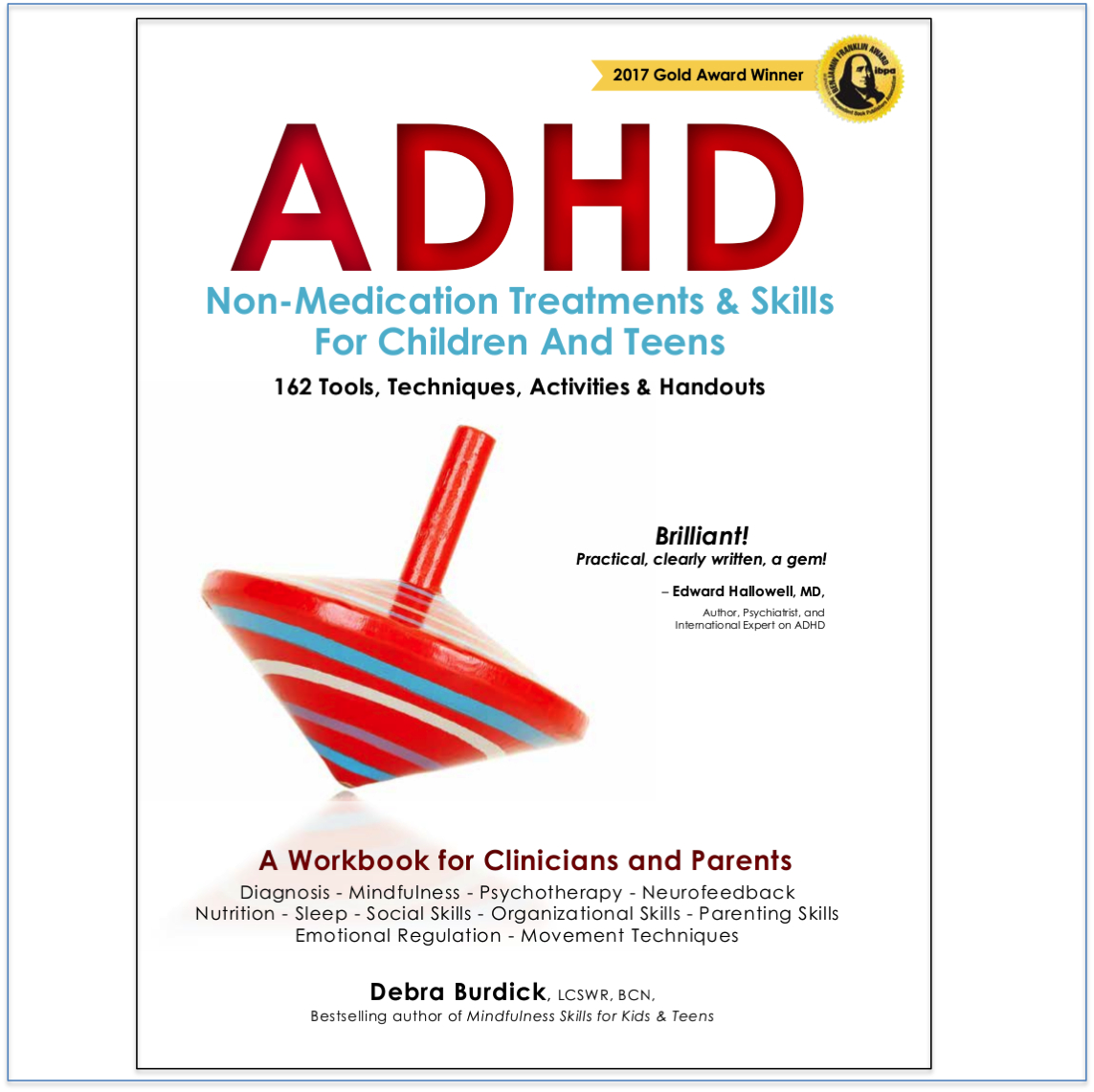
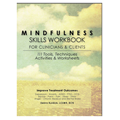
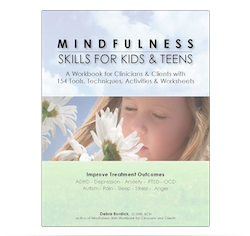
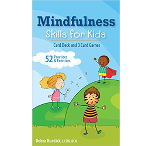
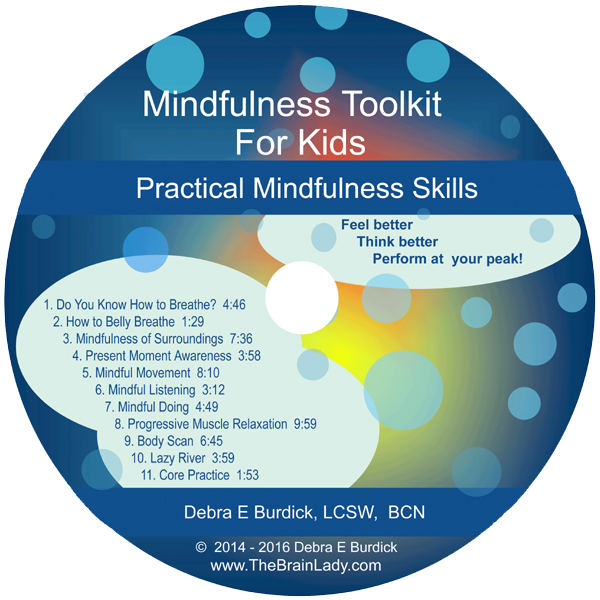
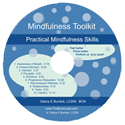
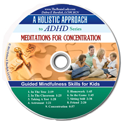
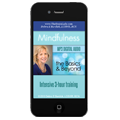
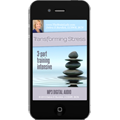
No comments yet. You should be kind and add one!
The comments are closed.